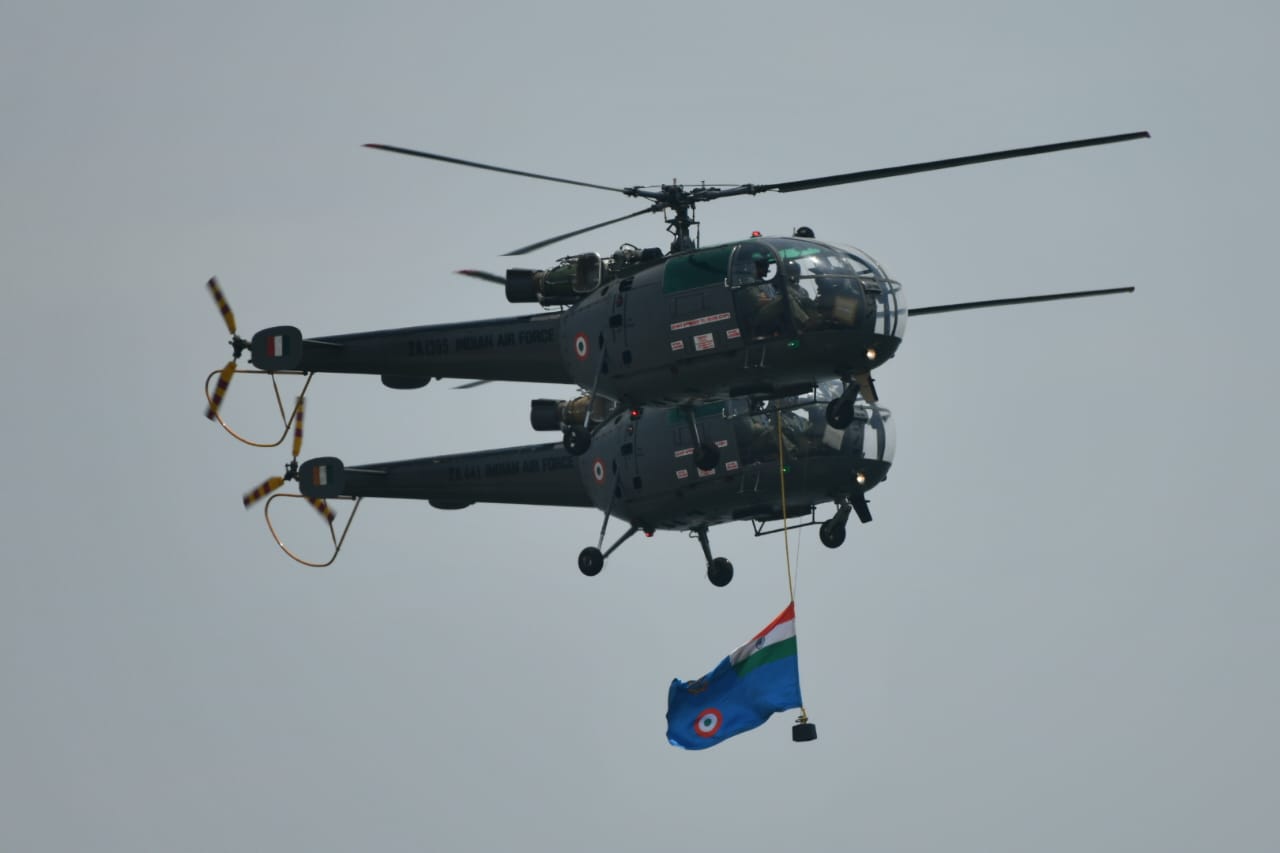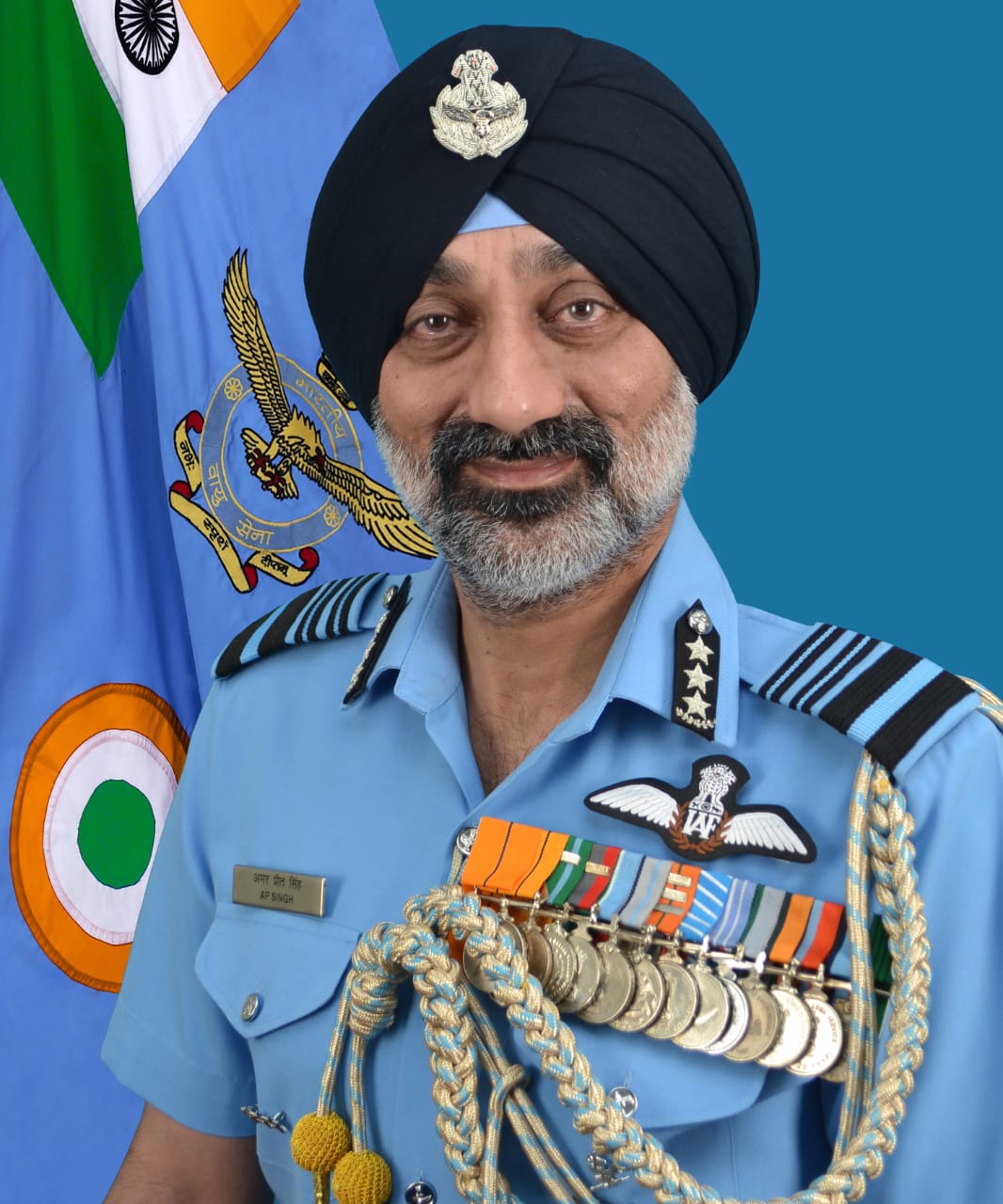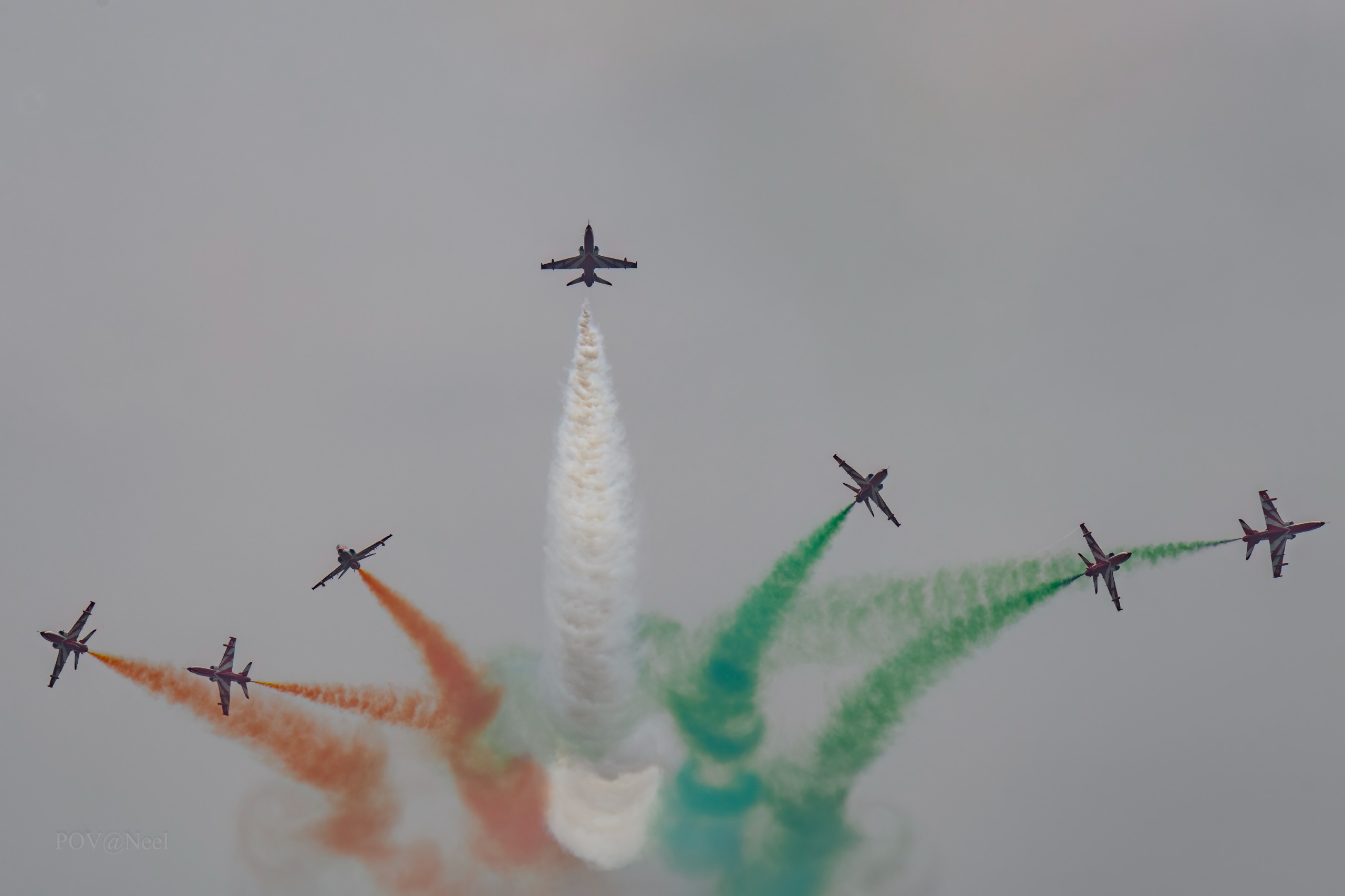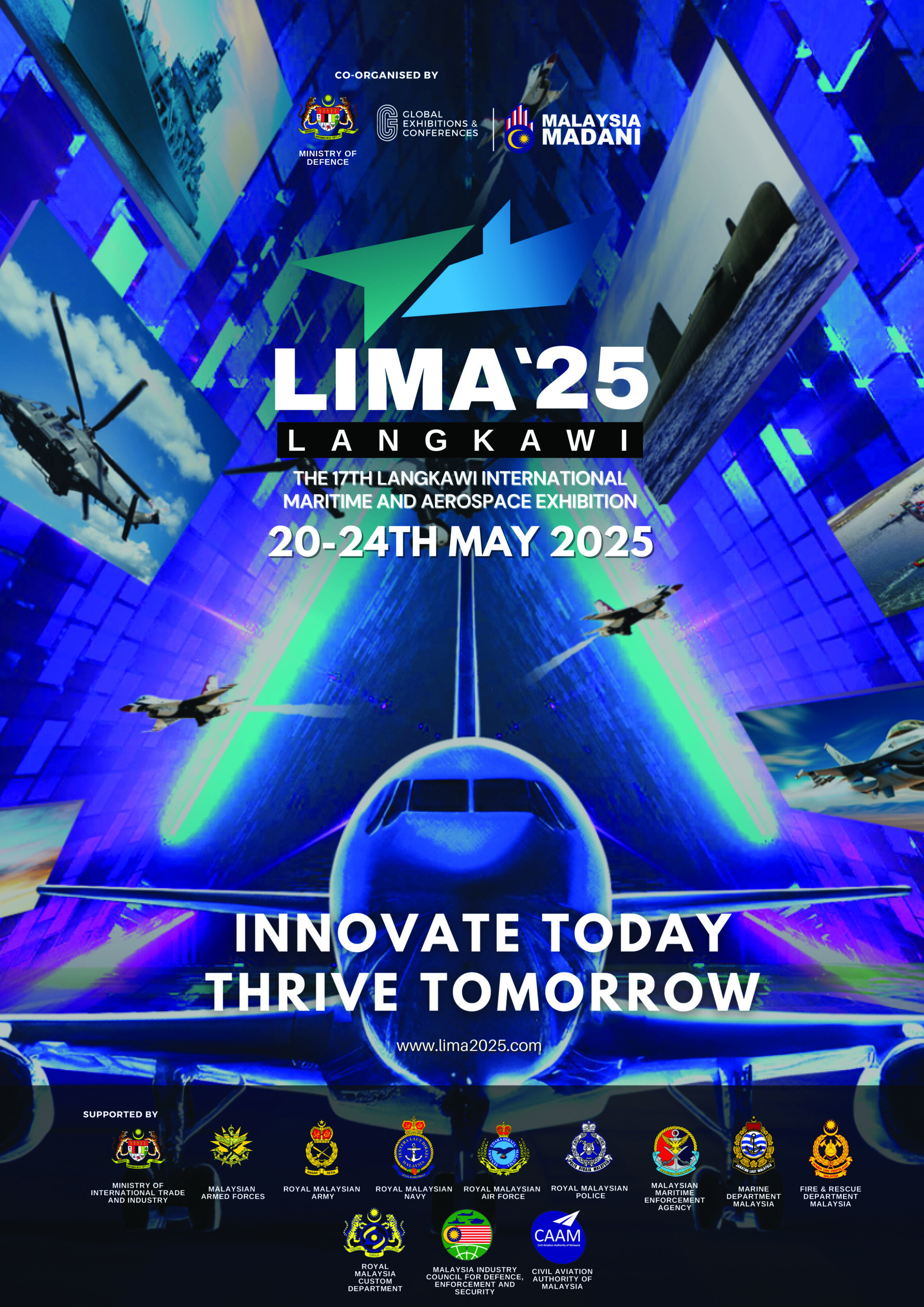
India embarked on a transformative journey with the establishment of the Indian Air Force (IAF) on a momentous October day in 1932. Officially inaugurated on October 8, this event marked the dawn of a visionary pursuit of air power that would significantly shape the nation’s defence landscape for decades to come. Just months later, on April 1, 1933, the IAF’s inaugural operational flight took to the skies, crewed by a dedicated team of six RAF-trained officers and 19 Havai Sepoys in four Westland Wapiti IIA biplanes. This emerging force paved the way for the development of one of the most powerful air forces in the world.
Following the IAF’s first operational flight, “A” Flight saw its first action from Miranshah in North Waziristan in 1936, supporting Indian Army operations against insurgent tribes. The establishment of “B” Flight in April 1936 and “C” Flight in June 1938 marked significant milestones in the IAF’s growth, culminating in the full-strength No. 1 Squadron. This squadron remained the sole IAF formation at the onset of World War II, despite an increase in personnel to 16 officers and 662 men.

As the global conflict loomed in 1939, the Chatfield Committee reassessed India’s defence strategy, proposing to re-equip RAF squadrons in India but offering limited recommendations for the IAF’s growth. Nonetheless, five Coastal Defence Flights were established to assist in the protection of key ports, highlighting the IAF’s evolving role in national security.
By March 1941, as demands on the IAF grew, the transition of Nos. 1 and 3 CDFs from Wapitis to Armstrong Whitworth Atalanta transports signaled an adaptation to new operational requirements, laying a solid groundwork for future advancements.
The escalation of World War II underscored the necessity for a robust training infrastructure. In August 1941, the RAF assigned flying instructors to various clubs across British India, leading to the upskilling of IAF Volunteer Reserve cadets. By the end of that year, 364 cadets received elementary flying training, marking a pivotal moment in the IAF’s evolution.
Modernization efforts gained momentum as No. 1 Squadron transitioned to the Westland Lysander, supported by 12 Lysanders gifted by the Bombay War Gifts Fund. Concurrently, No. 2 Squadron shifted from the Wapiti to the Audax model, followed by the formation of No. 3 Squadron. The urgency of wartime operations fueled the IAF’s expansion, which included the introduction of the Hurricane fighter, enhancing operational capabilities.
Despite limited resources and aging equipment, the IAF operated five squadrons effectively by the end of 1942. The acknowledgment of bravery among personnel was evident, with 22 Distinguished Flying Crosses awarded during this period. In March 1945, the IAF was honoured with the prefix “Royal,” reflecting its growing capabilities and contributions.
By 1946, the legacy of World War II catalysed significant growth within the IAF, with personnel strength rising to 28,500, including approximately 1,600 officers.

In the wake of independence, the IAF underwent a significant transformation. Personnel strength was nearly halved yet plans to expand existing squadrons into a balanced force of twenty were initiated. The newly formed government of Independent India took charge of defence decisions, leading to the re-equipping of squadrons with advanced aircraft like Tempest IIs and Spitfires.
The partition of India on August 15, 1947, necessitated further reorganizations, as some units stood down to transfer equipment to the newly formed Royal Pakistan Air Force. The IAF continuously modernized its capabilities in the subsequent months, establishing Air Headquarters in New Delhi to oversee operations and enhancing its reconnaissance and combat capabilities.
With India becoming a Republic in January 1950, the IAF dropped its “Royal” prefix and began a new chapter. The force comprised six fighter squadrons, with key training institutions established for pilot development. By 1951, the IAF laid plans for substantial expansion amidst growing tensions with Pakistan.
A pivotal moment occurred in 1953 with the selection of the Dassault Ouragan fighter, signaling a modernization push. By 1957, with the arrival of new aircraft like the Dassault Mystere IVA and Hawker Hunters, the IAF transitioned from a 15-squadron force to a target of 33 squadrons. The IAF’s capabilities were further tested during the 1961 UN mission in Congo.
The growing tensions with China led to the procurement of MiG-21 fighters, marking a significant shift in the IAF’s operational framework.
Between 1966 and 1971, the IAF underwent significant modernization driven by lessons learned from past conflicts. The introduction of the MiG-21FL, coupled with the formation of new squadrons, highlighted the IAF’s commitment to enhancing its combat readiness.
As the sixties transitioned into the seventies, the IAF consolidated its expansion plans while phasing out obsolete equipment. The inauguration of the Air Force Academy at Dundigal in January 1971 underscored the commitment to developing a robust training infrastructure essential for future operational prowess.
The IAF’s evolution from the 1971 Indo-Pakistan War to the Kargil Conflict in 1999 showcases its significant growth and modernization. The 1971 war demonstrated the IAF’s early strength with over 4,000 sorties flown. By the mid-1970s, the introduction of advanced aircraft like the Jaguar and Mirage 2000 further enhanced capabilities.
During the Kargil Conflict, the IAF’s precision air support underscored its adaptability to modern warfare. The successful utilization of modified helicopters like the Mi-17 exemplified its tactical flexibility, significantly contributing to the overall military strategy.
Post-1999, the IAF’s modernization continued, highlighted by the induction of the indigenous Tejas Light Combat Aircraft in 2016. This aircraft, designed for multi-role missions, reflects the IAF’s commitment to evolving into a technologically advanced force.
As the IAF celebrates its 92nd Raising Day in 2024, it honours its rich legacy while reaffirming its commitment to strengthening operational capabilities. The commemoration, themed “Bhartiya Vayu Sena – Saksham, Sashakt, Atmanirbhar” (Potent, Powerful, and Self-Reliant), emphasizes the IAF’s dedication to safeguarding the nation’s airspace while focusing on self-reliance.
The Indian Air Force stands as a crucial pillar of India’s defence strategy, embodying a legacy of bravery and innovation. With its modernized fleet and advanced technological capabilities, the IAF plays a vital role in safeguarding the nation’s sovereignty. Through rigorous training, strategic partnerships, and humanitarian missions, the IAF not only protects India’s skies but also fosters international cooperation. As it continues to evolve, the IAF remains dedicated to upholding its core values of integrity, service, and excellence in every endeavour, ensuring its position as a formidable force in the global arena.

















